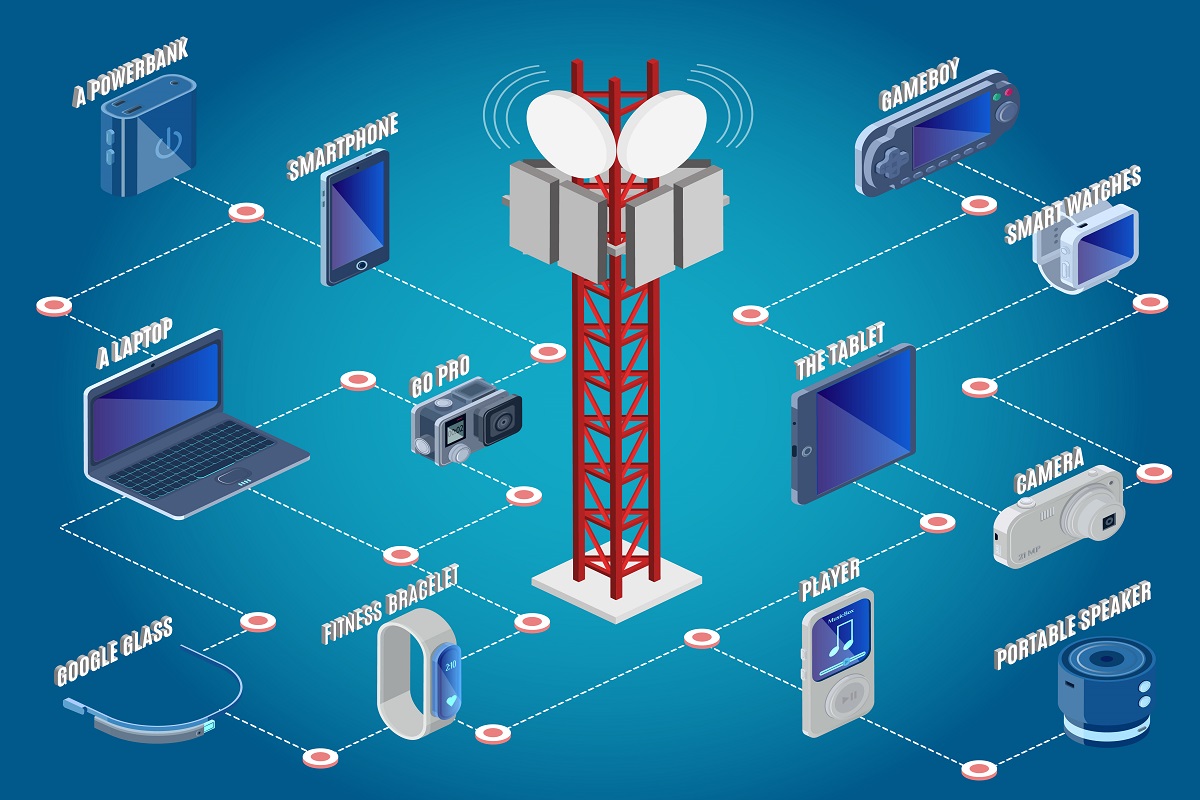Communication Service Providers (CSPs) offer telecommunications services to individuals and businesses. They provide various services such as voice calling, internet connectivity, data transmission, and other communication-related solutions. CSPs typically operate and manage the underlying network infrastructure that enables communication services, including landline networks, mobile networks, and internet services.
Cloud computing and customer experience are two of the biggest industry developments. Telcos have already invested between $200 and $300 billion in cloud computing. This demonstrates the eagerness with which Telcos are embracing the new technology and providing both private and public Cloud services as a result. Organizations are working to use the potential of the IoT (internet of things) and expand to related service areas in the area of customer experience.
CSPs play a crucial role in enabling global communication and connectivity. They invest in building and maintaining network infrastructure, deploying technologies like fiber optics, wireless towers, and satellite systems to ensure reliable and efficient communication services. CSPs also offer a range of plans and packages to suit different customer needs, including prepaid and postpaid mobile plans, broadband internet, enterprise solutions, and value-added services.
Development of services on legacy core networks and upgrading of current platforms are still major challenges. The rapidity of spectrum evolution from 2G to 4G forced the telcos to quickly update their infrastructure. In this fiercely competitive market, retaining existing customers while gaining new ones continues to be the top concern for telecom operators. On the other hand, it is critical to realize that the telecom industry relies heavily on assets, with a number of manufacturers and operators in operation. Therefore, interoperability is the main focus in order to lessen the difficulties caused by network heterogeneity. But creating interoperability is a difficult effort in and of itself. In order to ensure improved functionality, OEMs are switching from a hardware-defined layer to a software-defined one.
To stay competitive and meet the evolving demands of the telecom industry, equipment manufacturers are continuously investing in research and development (R&D) to innovate and introduce new products and solutions. They are also focusing on providing excellent customer support, offering customization options, and delivering reliable after-sales services to ensure customer satisfaction.
Rapid technical development, fierce rivalry, shorter product lifecycles, and cost pressures are a few issues that Independent Software Vendors (ISVs) must contend with.ISVs have been employing the conventional on-premise paradigm, but the introduction of enterprise-friendly delivery models and the expansion of the cloud are forcing them to reevaluate their overall business strategy.
Independent Software Vendors (ISVs) face several challenges in today’s rapidly changing technological landscape. Some of these challenges include:







